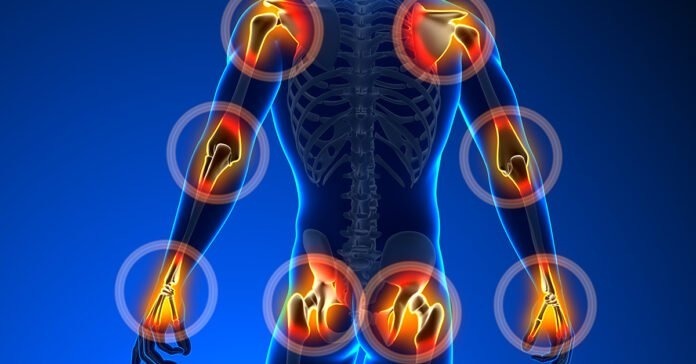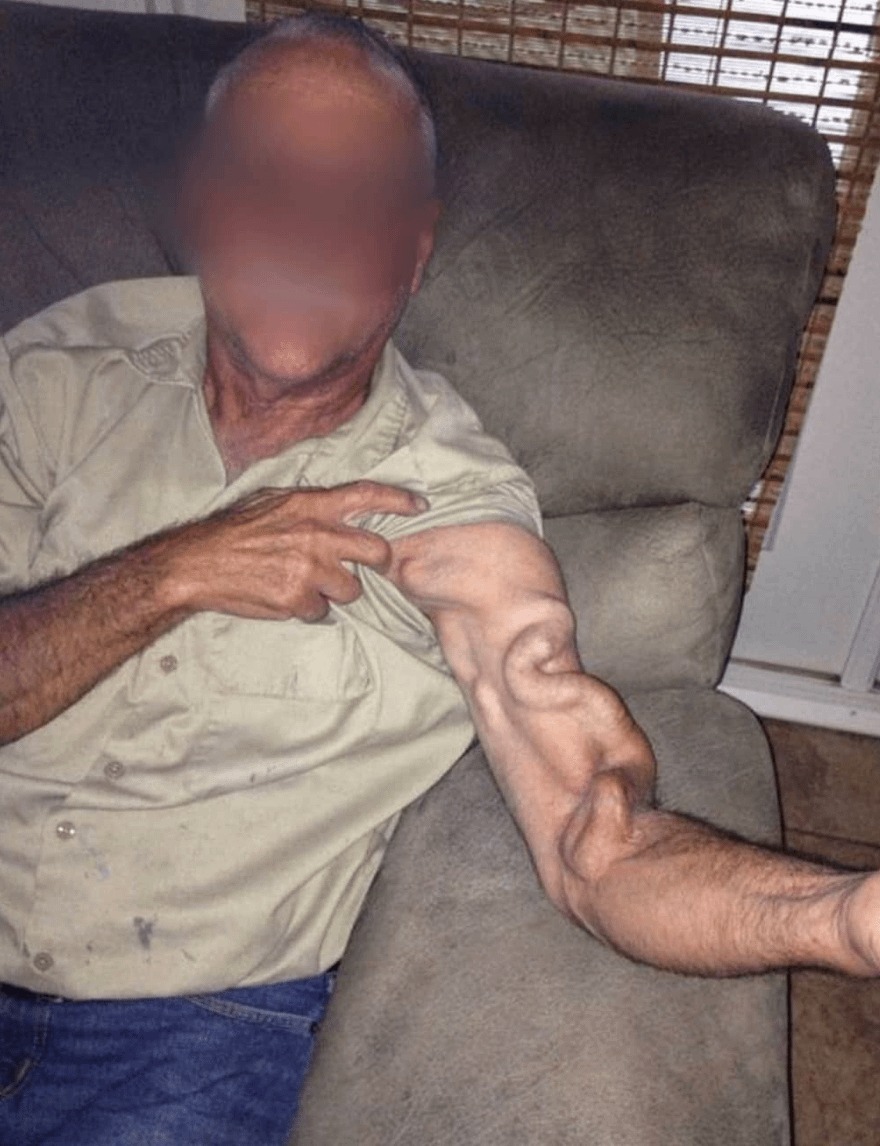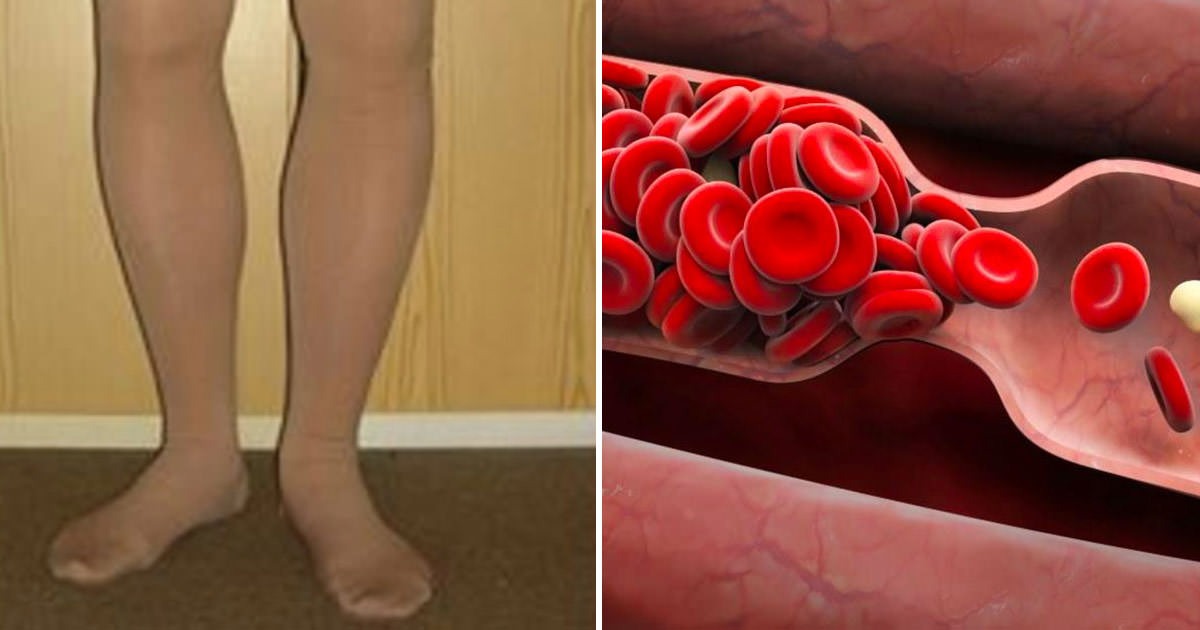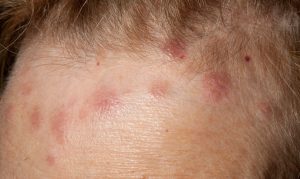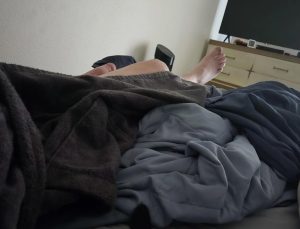SK. 7 Early Signs of Arthritis You Shouldn’t Ignore
Arthritis is more than just an occasional ache—it can significantly impact your daily life if left untreated. While some joint discomfort may be easy to dismiss, there are several early signs that could indicate a more serious underlying condition. Recognizing these symptoms early is key to getting the right care and slowing the disease’s progression.
Below are seven early symptoms of arthritis you should never ignore, along with guidance on when to see a healthcare provider.
1. Persistent Joint Pain
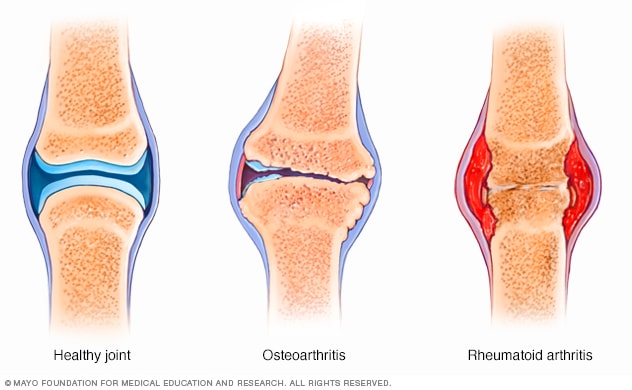
One of the most common early symptoms of arthritis is pain in the joints. This discomfort may start as a dull ache and gradually worsen over time. It often appears during physical activity, after rest, or at the end of the day.
In conditions like rheumatoid arthritis (RA), the pain can feel vague or mild at first but intensifies over time. Some patients describe the pain as sharp or even comparable to a bone injury.
When to act: If joint pain lasts longer than a few weeks or is interfering with daily activities, consult a doctor for an evaluation.
2. Swelling and Tenderness Around Joints
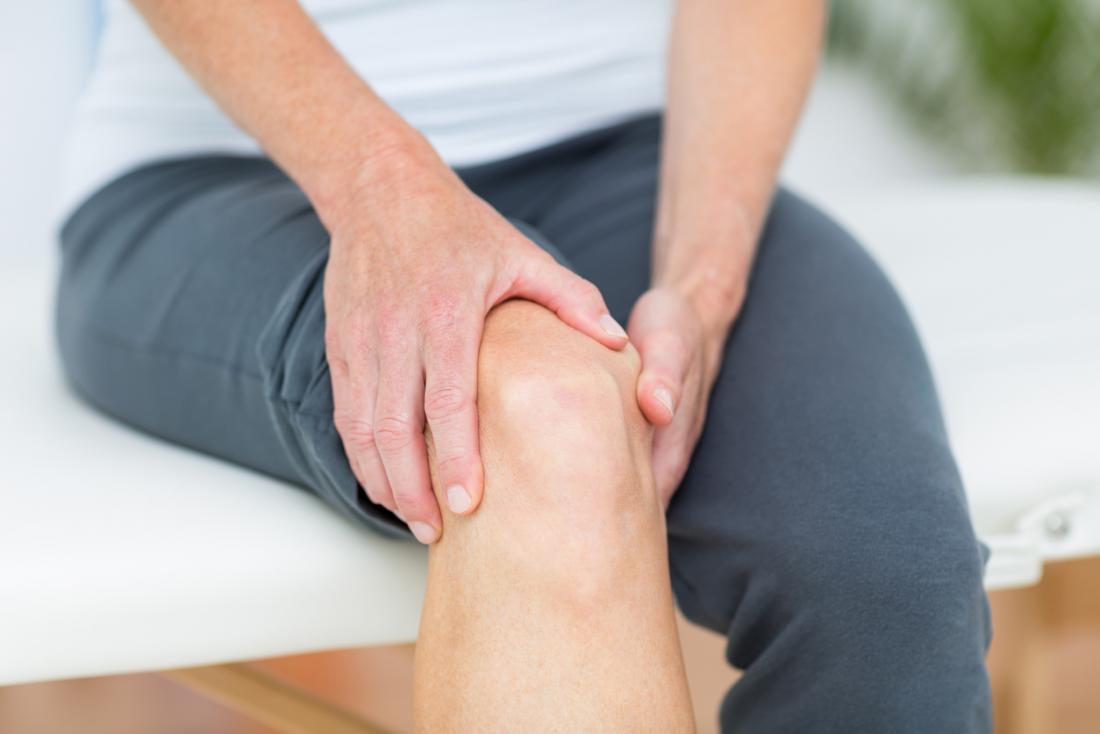
Inflammation in the joints is another early sign. The area may appear swollen, warm to the touch, and feel sore when pressed. In rheumatoid arthritis, this symptom is especially common and may affect multiple joints symmetrically—such as both wrists or both knees.
Key point: Persistent swelling or tenderness, especially if it doesn’t subside with rest, deserves medical attention.
3. Morning Stiffness That Lasts More Than 30 Minutes
:max_bytes(150000):strip_icc()/166676230-57a6b4b93df78cf459822cb4.jpg)
Waking up with stiff joints is a hallmark sign of arthritis. While mild stiffness that eases within 30 minutes may be attributed to osteoarthritis, longer-lasting stiffness can signal inflammatory conditions like rheumatoid arthritis.
What to watch for: If stiffness in the morning lasts more than 30 minutes or occurs frequently, consider scheduling a rheumatology consultation.
4. Grinding or Cracking Sounds During Movement

This symptom, known as crepitus, occurs when cartilage wears away and bones rub together. While occasional joint sounds are common, persistent grinding or cracking can suggest cartilage damage.
Possible causes: This is often linked with osteoarthritis and may also accompany reduced joint function.
5. Decreased Range of Motion
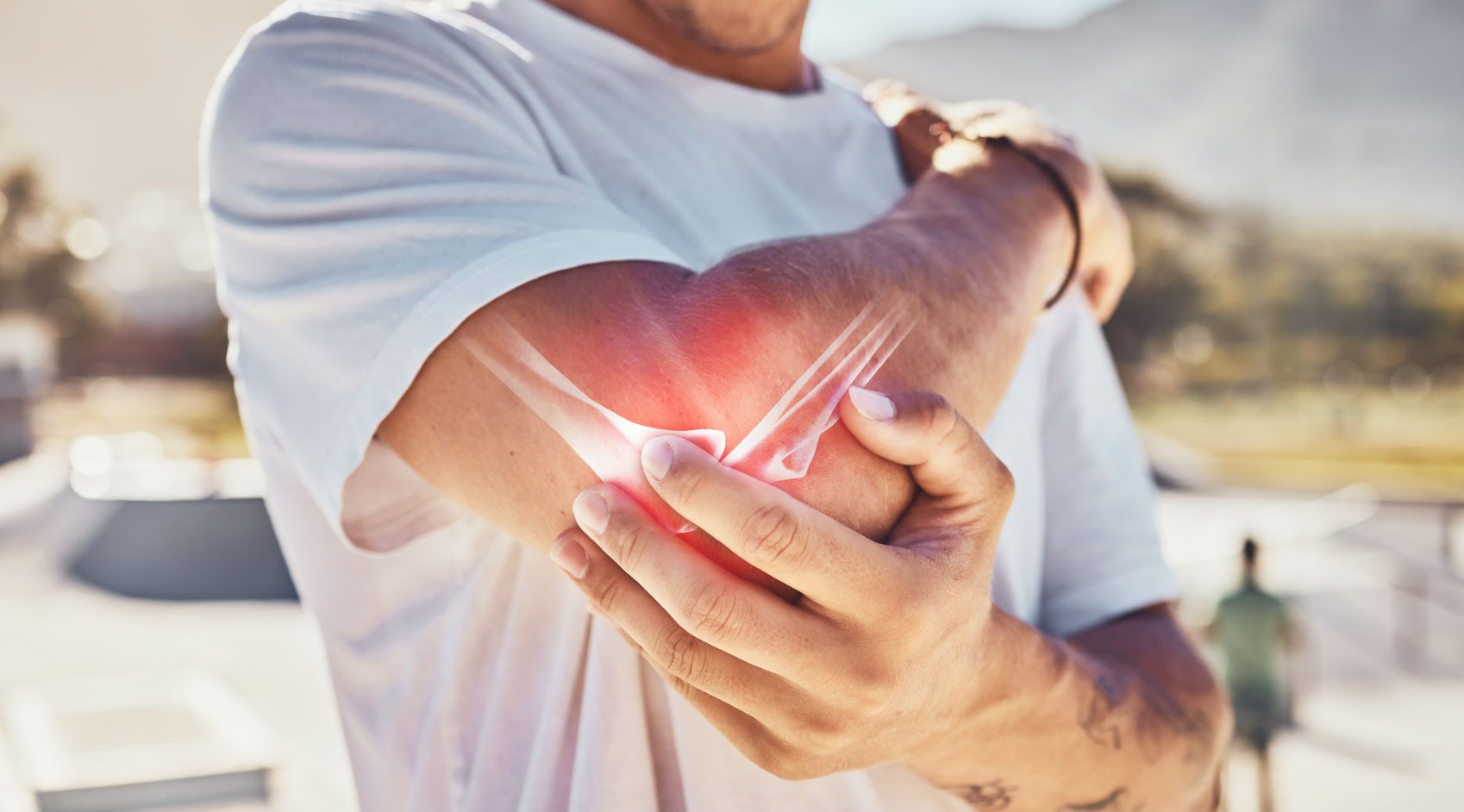
If bending, stretching, or rotating a joint becomes difficult, it could be due to inflammation, joint damage, or stiffness caused by arthritis. Limited mobility can make simple activities—like reaching or walking—more challenging.
Tip: Pay attention to how easily your joints move. If range of motion seems restricted, seek professional advice.
6. Pain That Radiates to Nearby Areas
Arthritis pain isn’t always localized. For example, hip arthritis might cause discomfort in the buttocks, groin, or even the knees. Similarly, foot arthritis can affect how you walk, leading to strain on the hips and lower back.
Why it matters: Radiating pain can delay diagnosis if not correctly identified as joint-related. Tracking patterns and consulting a doctor helps.
7. Unexplained Fatigue
Feeling constantly tired may seem unrelated to joint health, but fatigue is a common symptom of inflammatory arthritis. When your immune system is overactive, it can cause persistent tiredness and low energy.
Additional effects: Pain-related sleep disruption and reduced physical activity can also lead to chronic fatigue.
What to Do If You Suspect Arthritis
Early detection of arthritis can make a significant difference in managing the condition. If you’re experiencing any of the symptoms above, consider these next steps:
-
Schedule a medical consultation: A rheumatologist can perform tests and imaging to confirm a diagnosis.
-
Consider lifestyle changes: Regular, low-impact exercise like swimming or walking can support joint health.
-
Explore treatment options: These may include medication, physical therapy, or over-the-counter solutions.
-
Topical treatments: Non-prescription options like FlexiSEQ—a drug-free gel designed to lubricate cartilage and ease stiffness—may provide symptom relief for those with osteoarthritis.
Final Thoughts
Arthritis doesn’t have to define your daily routine. The earlier you identify the warning signs and seek professional guidance, the more effectively you can manage symptoms and maintain your quality of life.
Listening to your body and acting early is one of the most powerful tools in managing joint health.
Sources:
-
Arthritis Foundation
-
National Institute of Arthritis and Musculoskeletal and Skin Diseases (NIAMS)
-
Mayo Clinic
